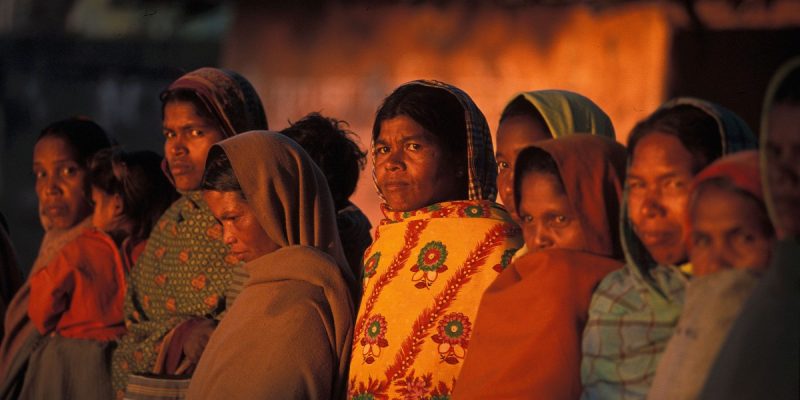To empower women, give them equal opportunities in every field and give them power in without any discrimination. On December 12, the Indian government released the fifth National Family Health Survey fact-sheet for 17 states and five UTs, including indicators of great importance to India, including those relevant to the sustainable development goal of gender equality (SDG-5).
These indicators include education, educational freedom, economic contribution, economic freedom, household management and decision-making, perceived status within the household, and health – which directly influence the status of women in India. Based on them, we can understand if women are participating in household decisions, if they are allowed a say in decisions related to their health and wellbeing, their ‘status’ in the family and the community, and so on.
Decision making related to health, major household purchases and visiting relatives: Bihar has reported the maximum increase from 75.2% in NFHS-4 (2015-2016) to 86.5% in NFHS-5 (2019-2020). Almost 99% of women in Nagaland participate in household decision-making, followed by Mizoram at 98.8%. On the other hand, Ladakh and Sikkim reported the biggest decrease in women’s participation in decision-making, with a 7-5% drop among married women.
Women owning a house and/or land (alone or jointly): Eleven of the 22 states reported a decline in the fraction of women owning houses or land, five of them in the northeast. Tripura reported the maximum decrease – negative 40% – since NFHS-4. Kerala also reported a 7.6% points decline. Although men and women have equal opportunity on paper to inherit ancestral property in India, women still own very little land or property. Karnataka and Telangana have the most women in their population owning land or houses, respectively 67.6% and 66.6%, aged 15-49 years.
Women who worked in the last 12 months and were paid in cash: Telangana takes the lead, with 45.1% women aged 15-49 years involved in paid work, followed closely by Andhra Pradesh (42.2%) and Manipur (42.1%). Meanwhile, Sikkim reported the biggest positive change, from 19.9% in NFHS-4 to 32.7% in NFHS-5. On the other hand, women’s workforce participation dropped in West Bengal, Tripura and Lakshadweep from 2015.
Women owning mobile phones they use: Smartphone sales worldwide as well as in India have increased manifold in the last decade – and the NFHS-5 data reflects this. More women in all 22 states now own phones. The biggest change has been reported from Jammu and Kashmir, of 21.3% points, followed by Lakshadweep, 19.1% points. Over 91% of women in Goa own phones. Curiously, Gujarat has the lowest percentage of such women (48.8%) – and reported the lowest increase (0.9% points) between NFHS-4 and NFHS-5.
Also read: Why NFHS-5 Data Merits Serious Concern and Urgent Action
Women aged 15-24 years who use hygienic methods of protection during their menstrual period: Many NGOs and governments have been working to improve awareness of hygienic menstruation practices among girls and women, with efforts attempting to shift focus from taboos to empowerment and dignity. In line, the fraction of women using hygienic methods of protection during their periods has increased in almost all states except Mizoram – although it’s still quite low in some states. Only 58.8% of women in Bihar use hygienic methods of protection during their menstrual period. Andaman and Nicobar Islands (98.9%) and Goa (96.8%) top the list on this count.
Women aged 15-49 years with bank or savings accounts that they use: The fraction of women aged 15-49 years who have bank accounts in their names has increased considerably. Bihar has reported the largest increase (50.3%), followed by Manipur (37.1%). On the other hand, Lakshadweep has reported a decline since NFHS-4. Since 2014, Indians have reportedly opened 40 crore bank accounts under the Pradhan Mantri Jan Dhan Yojana; more than 50% of these account-holders are women.
Priya Maurya and Palak Sharma are research scholars at the International Institute for Population Studies, New Delhi.




